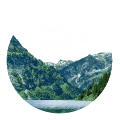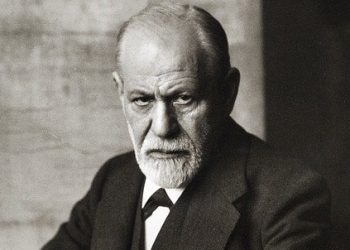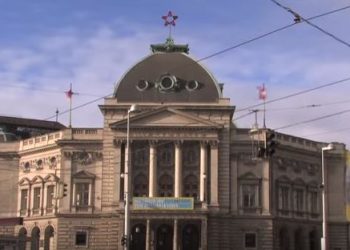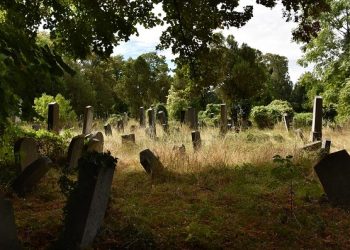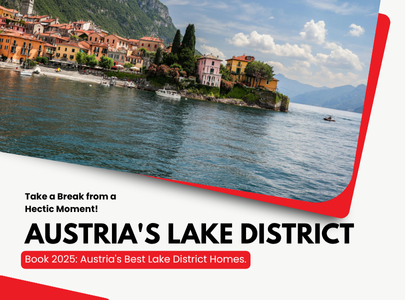To complete the overview of the city’s districts, you can find the rest of the city’s districts here. It is important to note that in all of these districts there are beautiful places, but they are more suitable for a longer visit to the city. For a 3-5 day trip, there is enough to do in the central districts of Vienna (districts 1, 2, 3, 4, 6, 7, 9, and 13).
The other, less touristy districts are:
- The Fifth District (Margareten) – Located south of the city center, it was formerly part of the fourth district; the two were separated in 1861 (Austrians claim they were separated because the 5th district is much less good… but those are just modern arguments).
- The Eighth District (Josefstadt) – A small, central district located in the area behind the City Hall, the Austrian Parliament, and the University of Vienna.
- The Eleventh District (Simmering) – A district located on the right bank of the Danube Canal in the southern part of Vienna. This district is home to the Vienna Central Cemetery (Wiener Zentralfriedhof), one of the largest cemeteries in the world.
- The Twelfth District (Meidling) – Located next to the 13th district in southwest Vienna. It has a train station with trains heading to southern Austria (Baden, Graz, etc.).
- The Fourteenth District (Penzing) – Located on the north bank of the Vienna River. This district is home to Otto Wagner’s Steinhof Church, considered one of the most important Art Nouveau buildings in the world. During the Nazi regime, Jews, gypsies, and people with disabilities were executed at this site. There is an exhibition there with explanations related to the use of the place by the Nazis.
- The Fifteenth District (Rudolfsheim-Fünfhaus) – An immigrant district, prices are cheap, but it is not touristy at all.
- The Sixteenth District (Ottakring) – Located on the western edge of the city, it is home to the Ottakringer Brewery. This is the largest brewery in Vienna and one of the largest among Austrian breweries. The brewery was under Jewish ownership since its establishment, but the Nazis confiscated it, and it passed into Austrian hands.
- The Seventeenth District (Hernals) – A residential district, it doesn’t have many interesting attractions.
- The Eighteenth District (Währing) – Located on the northwestern edge of the city.
- The Twentieth District (Brigittenau) – A residential district, it doesn’t have many interesting attractions except for the Danube River that flows nearby.
- The Twenty-first District (Floridsdorf) – Located on the left bank of the Danube and includes industrial areas. This district is the northernmost area of Vienna. From the Floridsdorf subway station, you can take a free shuttle to the G3 shopping center, which has many shops, including Primark.
- The Twenty-second District (Donaustadt – Danube City) – Located on the left bank of the Danube. The largest of Vienna’s districts, it includes the UN complex (Vienna International Center) and the largest shopping mall within the city of Vienna. The mall is called Donauzentrum. You can read more detailed information about the shopping malls in and around Vienna.
- The Twenty-third District (Liesing) – The southernmost district of the city with the lowest population density in Vienna. This district has many single-family homes as well as beautiful green parks.

